A rocky revolution: Can virtual 3D models transform the teaching of geology?
Futurum
DECEMBER 8, 2022
A rocky revolution: Can virtual 3D models transform the teaching of geology? Published: Fieldwork has long been a mainstay of geology education, but it is not everyone’s cup of tea. Geological features — physical features of the Earth (e.g., Geological features — physical features of the Earth (e.g., not in a classroom).

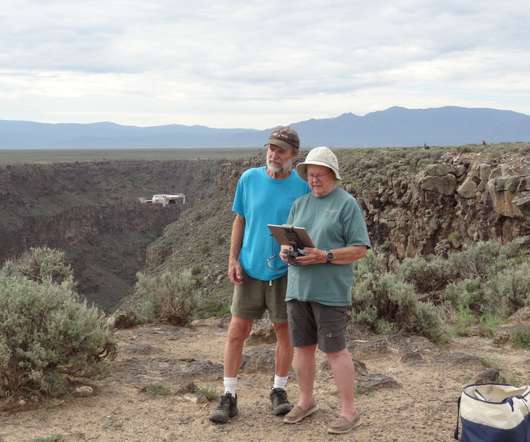
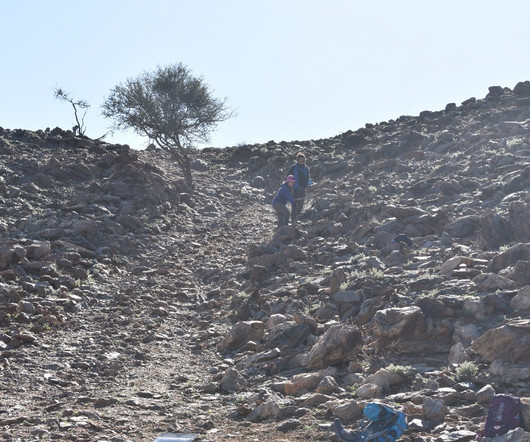
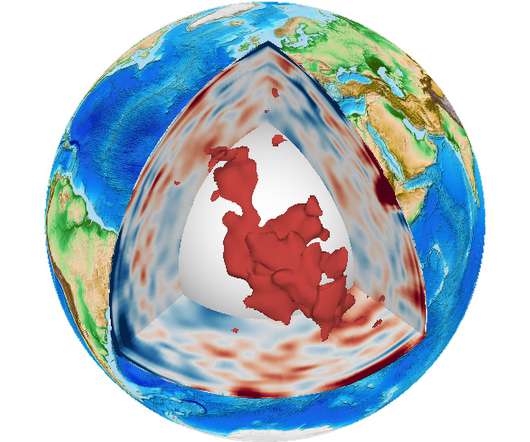
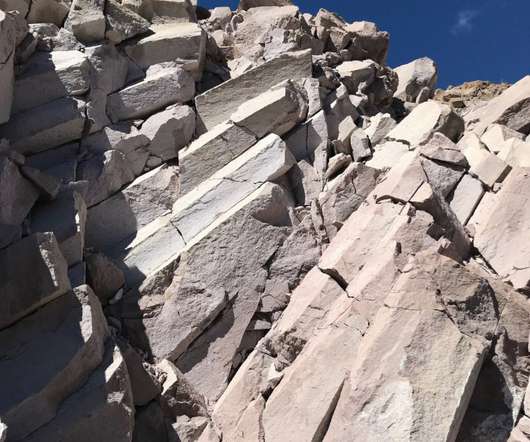
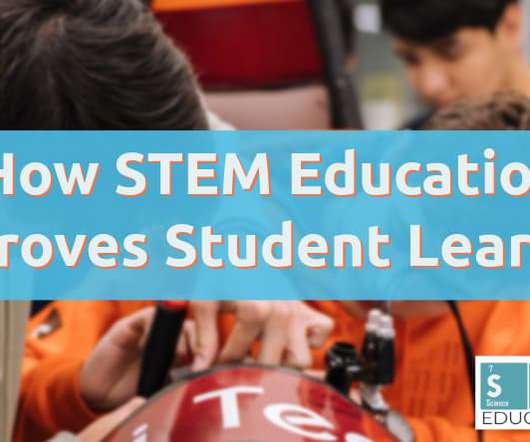
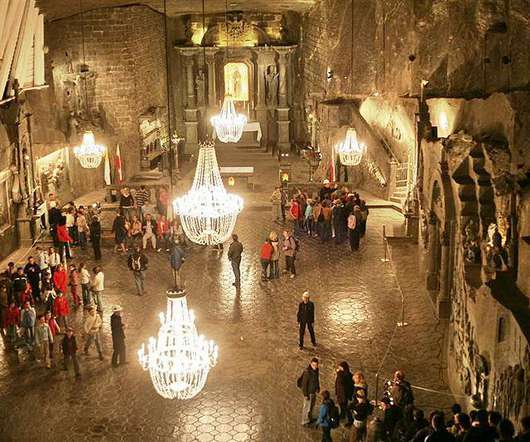
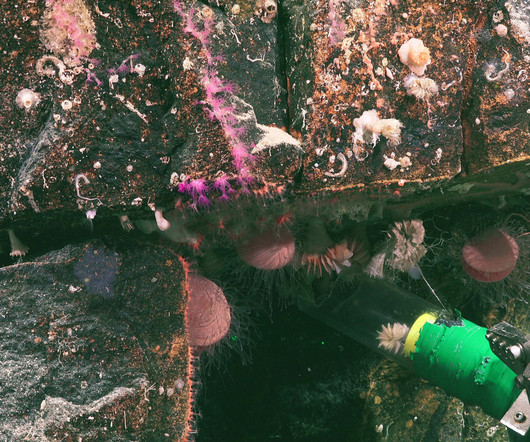
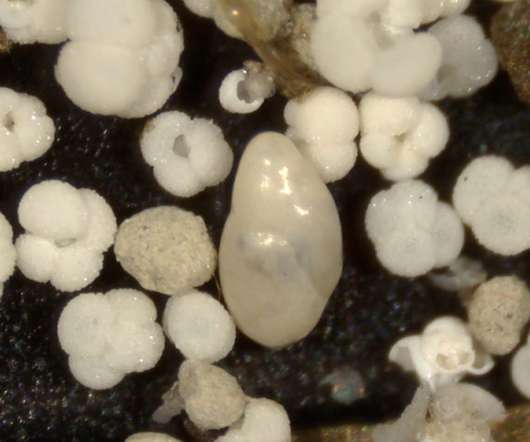







Let's personalize your content